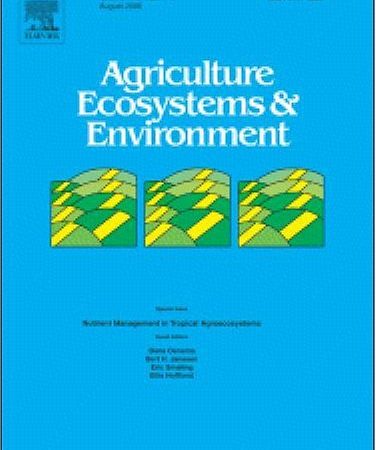
Greenhouse gas (GHG) mitigation strategies are often constrained by rice farmers’ preferences, therefore an assessment of mitigation strategies taking farmers’ constraints into consideration, are important for their possible adoption. The field experiments were conducted for two continuous rice-growing seasons in northern Vietnam, to evaluate the effectiveness of drainage patterns on methane (CH4) and nitrous oxide (N2O) emissions under farmers’ variable conditions. Two improved drainage practices (pre-planting plus midseason [PM] drainage and early-season plus midseason [EM] drainage) were compared with local practices of water management (midseason drainage [M] and conventional continuous flooding (control) [C]) with full residue [F] and reduced residue [R] (local practice of residue management) incorporation. The GHG mitigation potential of water regimes was tested in two water management systems (efficient field water management [EWM] system and inefficient field water management [IWM] system). In EWM system, EM resulted an average 14% and 55% reduction in CH4 emissions compared to M with R and F respectively. The EM lowered the CH4 emissions by 67% and 43% compared to C in the EWM and IWM respectively. The EM and PM resulted in higher N2O emissions compared to M (25–36%) and C (42–43%) in both systems. The contribution of increased N2O emissions with EM and PM to global warming potential (GWP) was negligible. EM reduced the GWP by 42% compared to C with F in the IWM system, and by 20–52%, 30–62% and 66% compared to M, PM and C respectively in the EWM system. Furthermore, greenhouse gas intensity (GHGI) reduced by 22–72% in the EWM than in IWM. This study demonstrates that efficient field water management system has a positive impact on over-all GHG mitigation potential of drainage practices in farmers’ field conditions.








